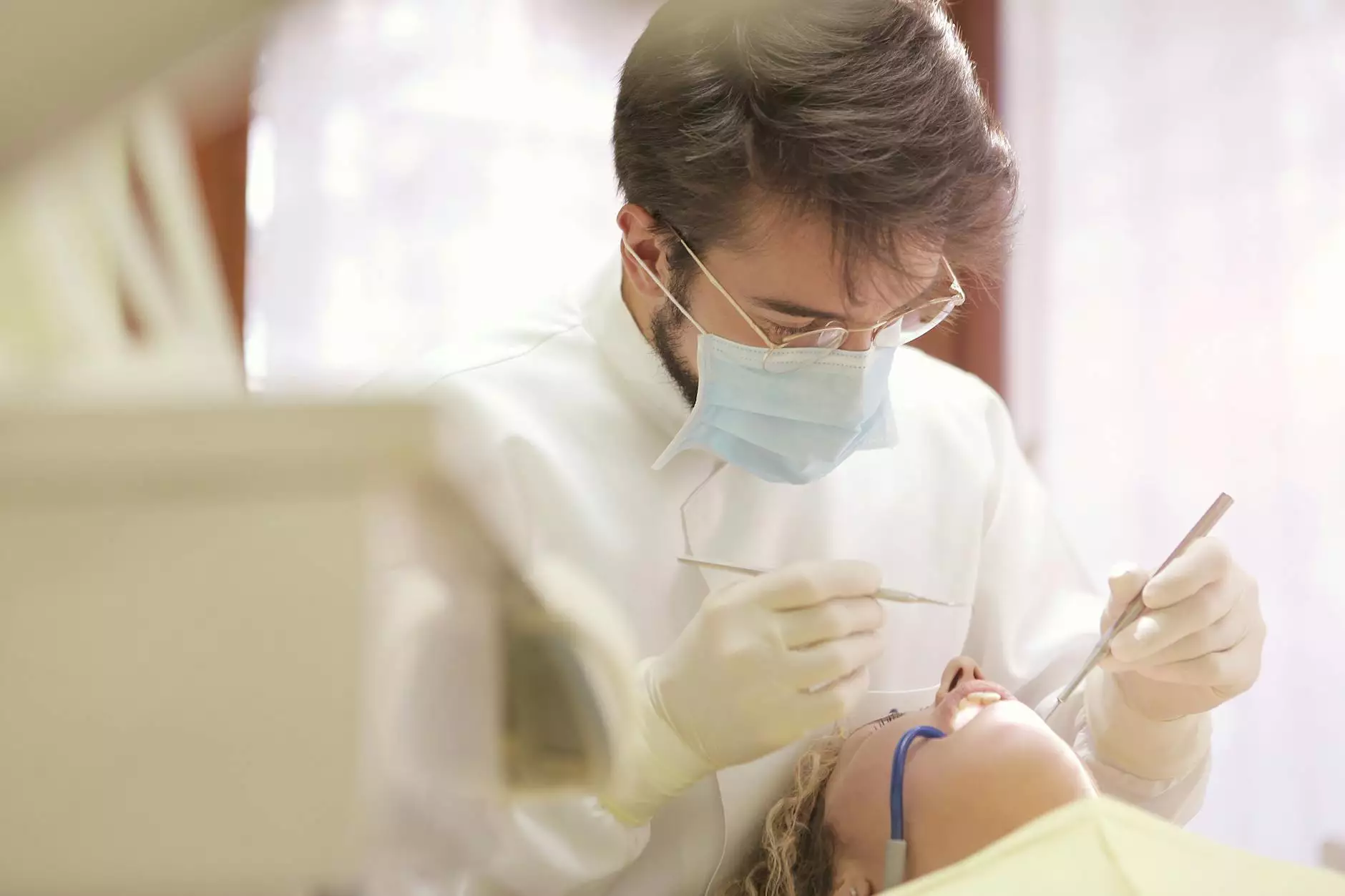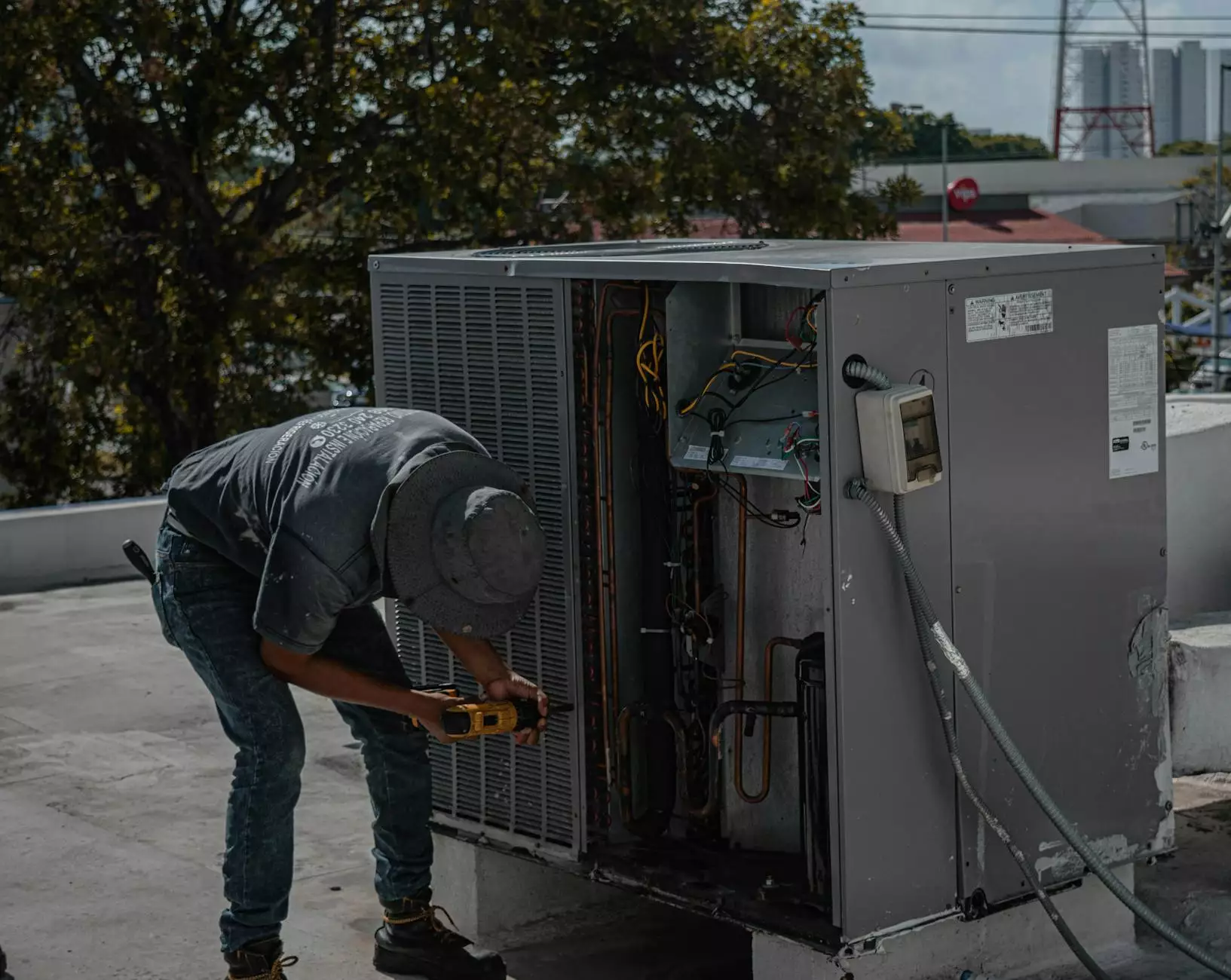Lung Cancer Screening: An Essential Overview for Health and Wellness

Understanding Lung Cancer and Its Impact
Lung cancer is one of the most prevalent and deadly forms of cancer worldwide. According to the World Health Organization (WHO), lung cancer accounts for nearly 20% of all cancer deaths. The importance of lung cancer screening cannot be overstated, as early detection significantly improves treatment outcomes and survival rates. In this comprehensive guide, we will explore the nuances of lung cancer, the screening processes, and why implementing these screenings in healthcare can save lives.
What is Lung Cancer?
Lung cancer typically arises from the cells in the lungs and can be categorized into two main types: non-small cell lung cancer (NSCLC) and small cell lung cancer (SCLC). NSCLC is the most common type, making up about 85% of all cases, while SCLC is more aggressive but less common.
Some common symptoms of lung cancer include:
- Chronic cough: A persistent cough that worsens over time may indicate lung issues.
- Shortness of breath: Difficulty breathing can be a sign of lung complications.
- Chest pain: Pain that worsens with deep breathing or cough may be a symptom.
- Unexplained weight loss: Sudden weight loss without changes in diet or exercise can signal health concerns.
The Necessity of Lung Cancer Screening
As with most cancers, early detection is vital in improving the prognostic outlook for lung cancer patients. The lung cancer screening process typically involves low-dose computed tomography (LDCT), which is designed to detect lung nodules or cancer at much earlier stages than traditional chest X-rays.
Recommendations for lung cancer screening often focus on high-risk populations, including:
- Individuals aged 55-80 years
- Those with a significant smoking history (30 pack-years or more)
- Current smokers or those who have quit within the last 15 years
By focusing on these populations, healthcare providers can enhance the likelihood of early cancer detection, leading to better management outcomes.
Benefits of Lung Cancer Screening
The benefits of undergoing lung cancer screening include:
- Early Detection: Finding lung cancer in its initial stages can lead to more effective treatment options and a higher chance of survival.
- Reduced Mortality Rates: Studies have shown that regular screening can reduce lung cancer mortality by up to 20% for high-risk groups.
- Peace of Mind: Knowing your lung health status helps in making informed decisions regarding lifestyle and healthcare interventions.
- Personalized Treatment Plans: Early diagnosis allows for tailored treatment strategies that can be more effective.
Lung Cancer Screening Procedures
The primary method of lung cancer screening is through LDCT scans. The procedure is relatively quick, typically lasting only a few minutes, and involves the following steps:
- Preparation: Minimal preparation is required, although patients may be instructed to avoid wearing metal objects that could interfere with imaging.
- Conducting the Scan: Patients lie on a table that slides into the CT scanner. Multiple images of the lungs are taken from various angles.
- Post-Scan: After the scan, patients can resume normal activities immediately.
Results from the scans usually take a few days to process, and physicians will discuss findings with the patient in detail.
What Happens If An Abnormality Is Found?
If a lung cancer screening reveals abnormalities, further evaluations may be necessary. Common follow-up procedures include:
- Additional Imaging Tests: This may include PET scans or MRIs to gather more information about lung nodules.
- Biopsies: A sample of lung tissue may be taken to determine whether cancer is present.
- Monitoring: In some cases, especially for small nodules, doctors may recommend active surveillance with follow-up scans.
Conclusion: Prioritizing Lung Health Through Screening
The implementation and promotion of lung cancer screening are essential components of public health, especially for high-risk populations. The advantages of early detection fundamentally change the landscape of treatment options and survival rates for patients. Therefore, individuals who meet the screening criteria should take initiative, consult healthcare professionals, and participate in screenings regularly.
By being proactive in our health choices, we can support early intervention strategies that save lives. Emphasizing health literacy surrounding lung cancer and screening can facilitate informed discussions between patients and healthcare providers, ultimately leading to better health outcomes for our communities.
Learn More: For more insights on health screenings and wellness, visit HelloPhysio.sg, where we focus on promoting well-rounded health approaches, including Health & Medical, Sports Medicine, and Physical Therapy.









